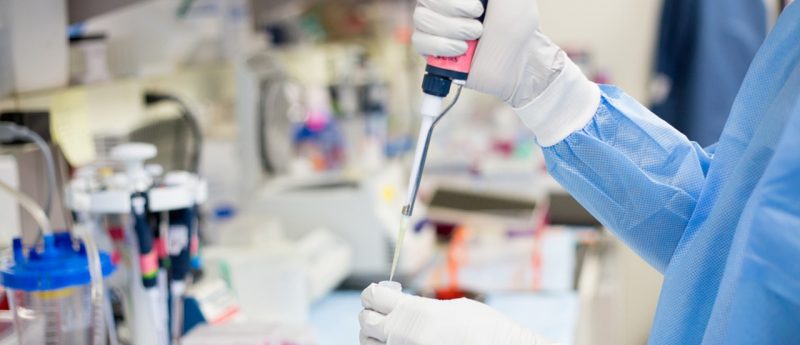Forensic scientists develop a new technique to distinguish the origins of bodily fluids

A collaborative team of researchers from institutions across the USA have validated their method for accurately verifying the origins of human biological fluids, through the identification of fluid specific biomarkers with quadrupole time-of-flight mass spectrometry (Q-TOF MS). This verification builds upon the work of previous proteomic studies that identified a series of candidate biomarkers associated with specific bodily fluids including: peripheral blood, seminal fluid, vaginal/menstrual fluid, urine and saliva.
In this study, the group verified that a multiplex Q-TOF MS assay could unambiguously and reliably identify the source of a biological fluid taken from various samples obtained from 50 participants. They also investigated samples taken from case studies, with similar success. For the samples taken from case studies, every sample was correctly distinguished through identification of the fluid specific biomarkers. The only exception was the presence of the protein Ly6–one of the proposed biomarkers for vaginal fluid–that was also identified in three saliva samples.
In addition to assessing the reliability and consistency of detection, the team also identified any potential performance limits, such as the ability to accurately characterize the composition of a mixed sample and potential inhibitors. The team demonstrated that while it was possible to correctly identify the two separate components of a two-part mixture, a mixture of saliva and peripheral blood prevented correct identification due to possible matrix effects. Furthermore, the team also established that out of the potential interferents tested only chewing tobacco impeded the identification of the target sample.
Although there are other means of identifying different types of bodily fluid, these methods are often presumptive tests that lack the specificity needed to definitively identify the origin of a biological sample that could provide crucial contextual information for probative evidence in criminal investigations. In contrast, Q-TOF MS allows for the identification of trace biological fluids from a single sample.
Currently, Q-TOF MS is too slow to be utilized in real cases, since each run takes approximately an hour, but it is hoped that the utilization of an ultra-performance liquid chromatograph and a triple quadrupole mass spectrometer could significantly decrease the sample run time and thus increase the viability of this method.
Sources: Legg KM, Powell R, Reisdorph N, Reisdorph R, Danielson PB. Verification of protein biomarker specificity for the identification of biological stains by quadrupole time-of-flight mass spectrometry. Electrophoresis. 38(6), 833–845 (2017); www.separationsnow.com/details/ezine/15b2e9936a6/Forensic-body-fluids-Protein-biomarkers.html





